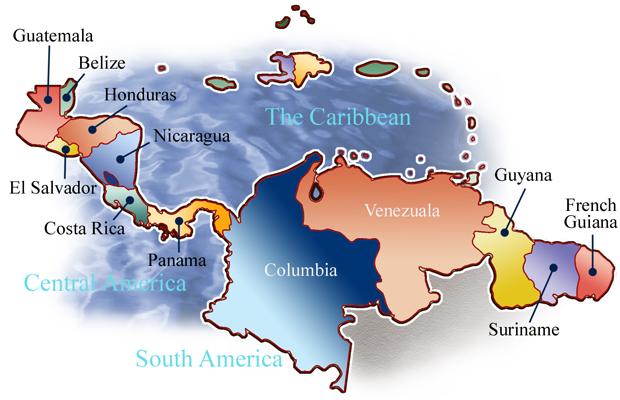
Daniella lives in a coffee-growing area of Colombia. Colombia, along with Venezuela, Guyana, Suriname, and French Guiana, all border the Caribbean Sea, along the northern coast of South America.
Ch4 Sec1 Timeline: Read the timeline and complete any tasks (questions must be answered in your notebook).

Daniella lives in a coffee-growing area of Colombia. Colombia, along with Venezuela, Guyana, Suriname, and French Guiana, all border the Caribbean Sea, along the northern coast of South America.
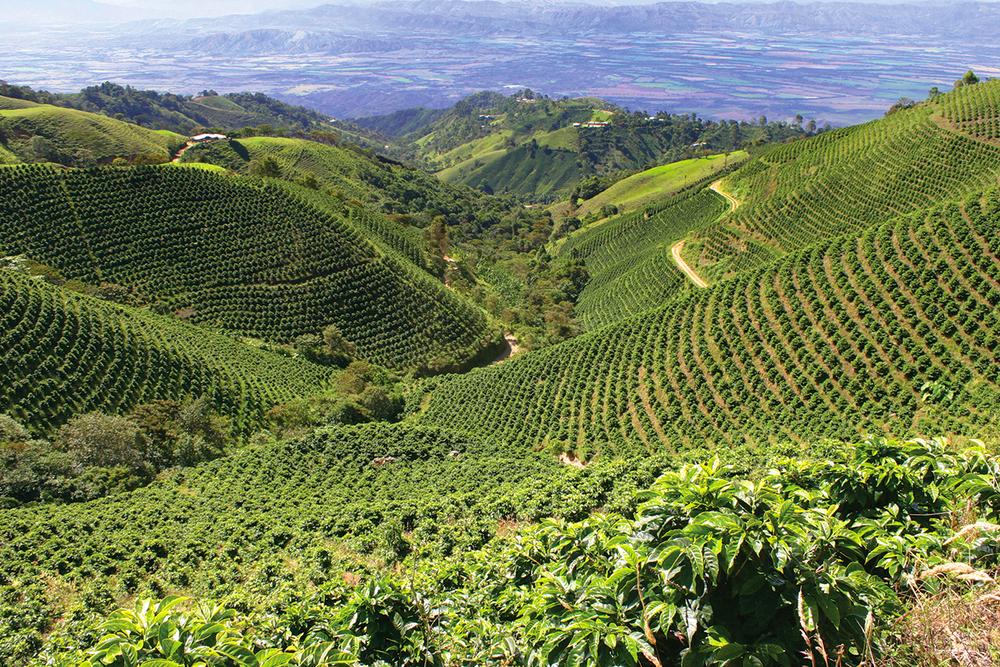
In Colombia, the Andes Mountains, which extend up the west coast of South America, split into three ranges, known as cordilleras. A cordillera is a mountain system made up of parallel ranges. Because the central range is volcanic, its fertile soil is good for coffee plants.
1. Write the definition of cordillera on page 63.
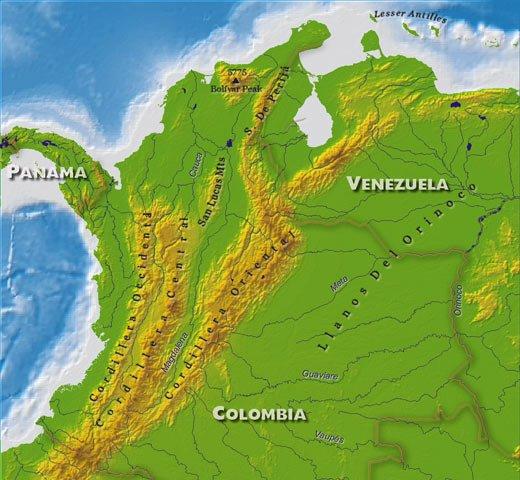
Between the cordilleras, the Cauca and the Magdalena rivers flow north through deep valleys toward the Caribbean Sea. The Cordillera Oriental, or eastern range, extends north to form the border of Venezuela. This branch, called the Cordillera de Merida, runs past Lake Maracaibo and extends along the Caribbean coast. The northern part of the Andes is an active volcanic area. Earthquakes often shake the region.
2. Name the 4 cordilleras in the region. You may need to use page 283 in your book.
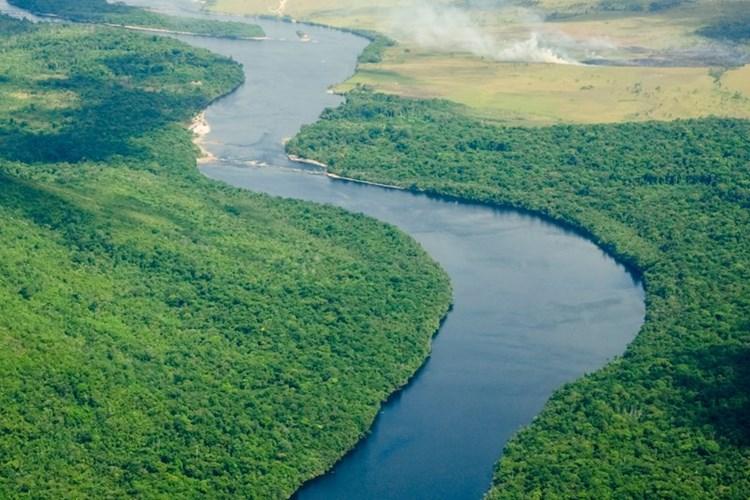
On the eastern side of the Andes, the mountains plunge down to lowland plains, or Llanos, in both Colombia and Venezuela. In the southeastern corner of Colombia, the Amazon rain forest creeps over the border from Brazil. In Venezuela, savannas and tropical rain forests cover the Orinoco River basin. The Orinoco is one of the largest rivers in South America.
3. Write the definition of Llanos in your notebook.
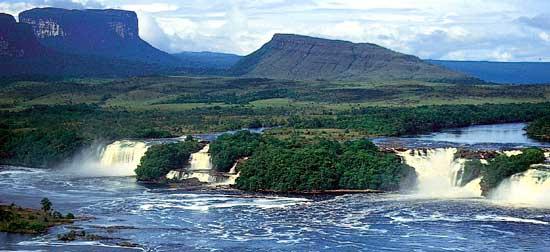
In the southeast of Venezuela, the ground rises again to the Guiana Highlands, which extends through Guyana, Suriname, and French Guiana. Along the eastern coastlines you might see mangrove swamps and saltwater grasses.
4. Question: Describe the eastern coastline of Caribbean South America.
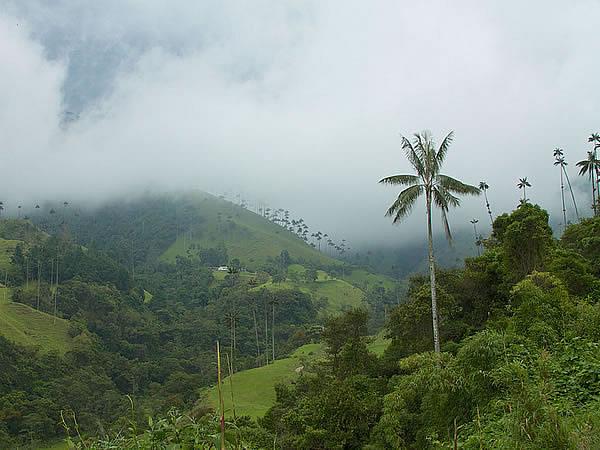
Because part of the region is on the Equator, temperatures are hot everywhere. However, there are many different climates in the region. Hazardous weather conditions occur in some areas. Heavy rains often lead to flooding and mudslides.
Tropical Wet Climate: Much of Colombia has a tropical wet climate, especially along the west coast and in the southeast.
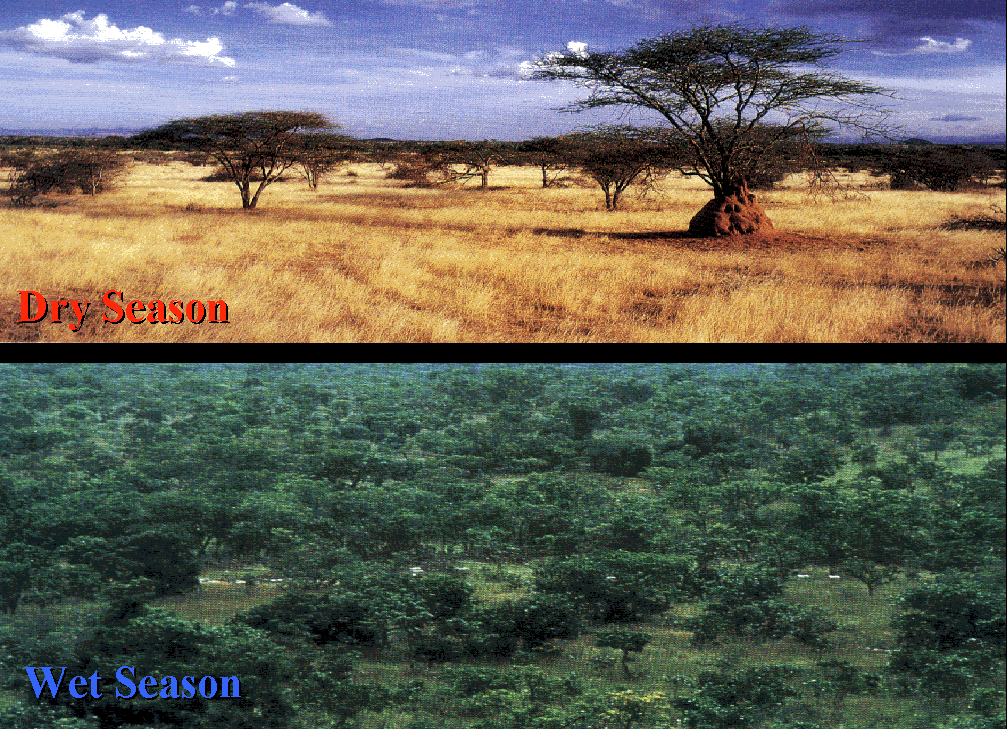
Tropical Wet and Dry Climate: The northwest coast of Colombia has a tropical wet and dry climate. Most of Venezuela has a tropical wet and dry climate, which also affects southern Guyana, Suriname, and almost all of French Guiana. Here there is a wet and dry season each year.
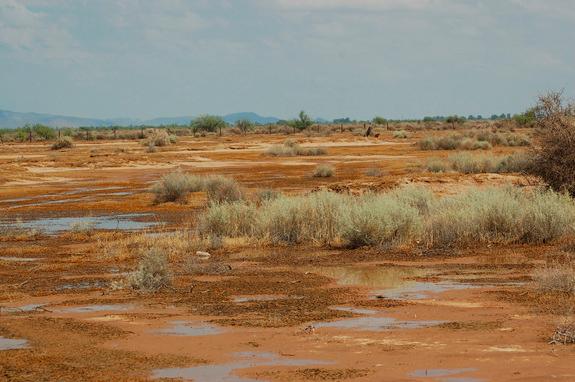
Arid Climate: The northern tip of Colombia and the northwestern coast of Venezuela have a semiarid climate. In the far north of Venezuela lies an arid desert. An arid climate has little or no rain.
Use page 284 to help you answer these questions.
5. Where would you find the hottest temperatures?
6. What kind of climate might you find in southern Colombia?
Question: What kind of climates would you find in this region?
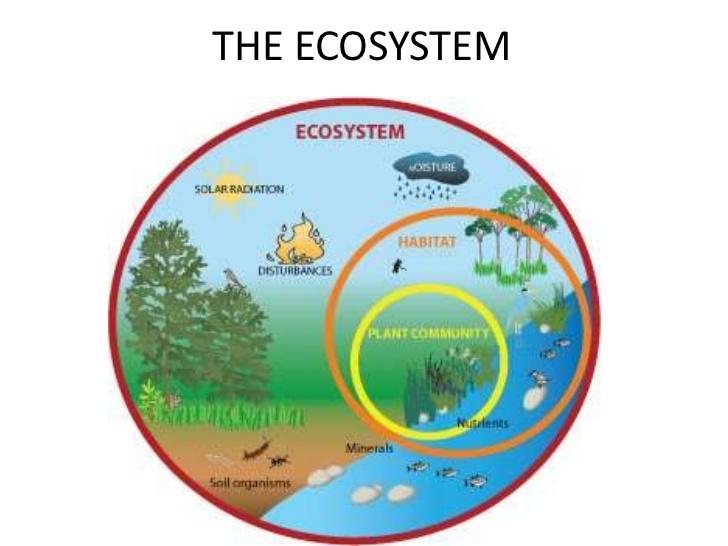
If you traveled across Caribbean South America, you would pass through a variety of climate zones. You would also notice a different range of vegetation and animal life in each climate zone. The plants and animals that depend on each other and their environment for survival is called and ecosystem.
7. Write the definition of ecosystem in your notebook.
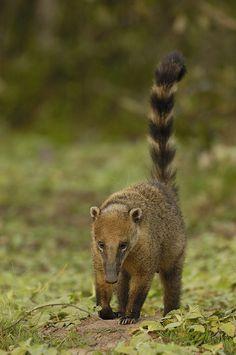
Along the Pacific coast of Colombia, warm temperature and heavy rainfall have encouraged the growth of lush rain forests. The coatimundi of the Colombian rain forest belong to the raccoon family. Other animals such as jaguars, giant anteaters, and tapirs hunt for food in this environment.
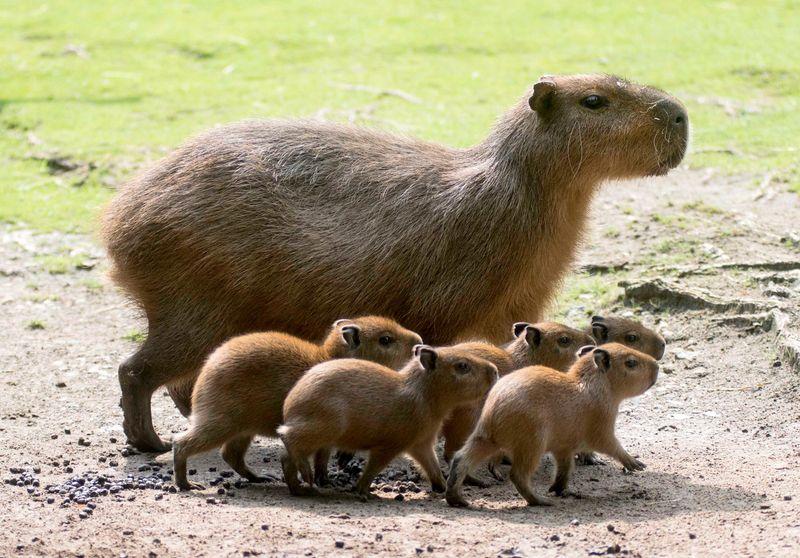
The Andes Mountains separate the western rain forests from one of the largest ecosystems in the region - the Llanos. Here grasslands and wetlands support many different kinds of plants and animals. Capybaras, the world's largest rodents, feed on plants along the waterways. Also in the Llanos include anacondas that can grow up to 26 feet long. They prey on the capybaras and other animals.
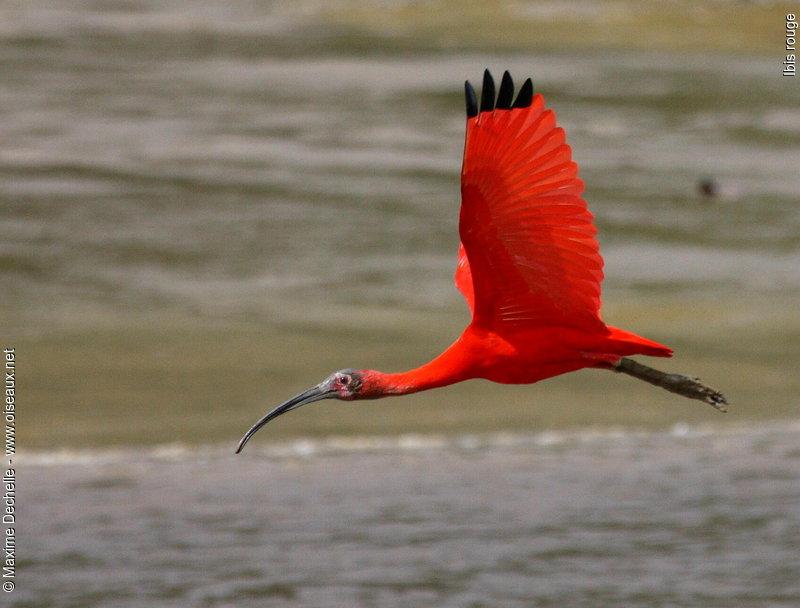
In the far eastern areas of the region, the Orinoco Delta supports an ecosystem that changes according to the season. During dry conditions, this area includes a mix of forests, wetlands, mangrove swamps, and grasslands. However, during the rainy season, most of the ground is flooded, providing good hunting for crocodiles and otters. A scarlet ibis flies through the Orinoco region.
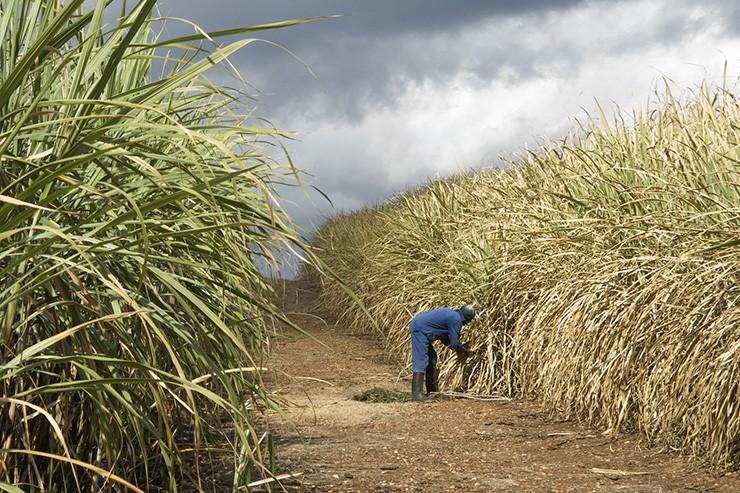
Along the coastal plains of Guyana, Suriname, and French Guiana, people grow crops for export. Large commercial farms produce sugar cane, bananas, and rice. They also export molasses, rum, and shrimp. Canals drain the soggy ground and provide fertile agriculture land.
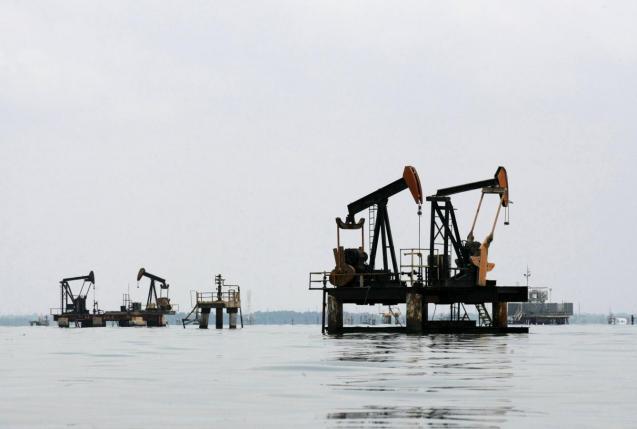
In Venezuela, not much of the land is good for farming. The Orinoco River Valley floods during the wet season and is too dry at other times. There is some mining activities in Venezuela, but it is scattered. Oil is very important to their economy. Oil is found in and around Lake Maracaibo.